The event attracted the attention of many writers, poets, literary critics and book publishers, aiming to answer the question: How can manuscripts - the fruits of creative labor - reach readers in the most complete and effective way?
The seminar opened up opportunities for meeting and sharing experiences among professionals, and was also a forum to review the current situation of the "three houses" connection: writers, publishers and printers - essential links in the book production value chain. This laid the foundation for close cooperation, contributing to promoting reading culture and developing the domestic publishing market.
From that reality, this discussion is not only a forum for professional exchange, but also opens up expectations for a model of close, professional connection between the "three houses" to work towards the common goal of bringing books to readers in a more complete, fast and fair way.
Poet Le Tuan Loc (right) presents his opinion at the discussion. |
According to experts, a book is not simply the product of the writer alone, but behind each page is a system of people working silently, from editing, content verification, to production, printing and distribution. In which, the "three houses" of writer, publisher and printer play the role of three pillars constituting the value chain of knowledge production and dissemination.
First of all, the writer is the content creator - the core element that creates value for the book. Their works are the result of a persistent creative labor process, distilled from life experiences, knowledge and personal passion. They are both storytellers and inspirers, guiding readers to explore the spiritual world, ideas and human values. However, the writer cannot bring the work to the public alone without the next links.
We have three houses: writer, printer, publisher, but they are three independent houses. Each house works separately, rarely learns about each other's work, and does not create a continuous system or a close coordination mechanism. That is an unfortunate gap in the book production chain.
Poet Bang Viet
The role of the publisher therefore becomes particularly important. This is the unit responsible for editing, correcting the content, ensuring the legality and professional quality of the book before publishing. The publisher acts as a bridge between the writer and the public, both ensuring the rights of the author and orienting the market by selecting, investing in and releasing publications that are suitable for the needs of readers and the cultural orientation of society.
Next, the printer is the unit that realizes the work, turning the manuscript on paper into a complete physical product. The role of the printer is not simply a technical step but also affects the aesthetics, durability, cost and reading experience. A beautiful, clear, and neatly presented book is the factor that enhances the value of the content that the writer sends.
The conference attracted many veteran poets and writers. |
The existence and harmonious coordination of the three subjects contribute to determining the quality of a book, and at the same time directly affects the journey of spreading knowledge in the community. When each "house" understands and performs its role well, the book will no longer be a single product, but will become the result of a professional and responsible cultural production process.
At the seminar, many heartfelt opinions were shared, reflecting practical and profound perspectives from the insiders - those who have, are and will continue to accompany the journey of making and bringing books to the public.
Poet Le Tuan Loc, representative of the Workers Writers Association, shared his emotional concerns: A collection of literary works, novels or any research work of a writer or scientist, after the process of creation and accumulation, needs to be compiled into a manuscript. But how to turn that manuscript into a real book? That is a concern of everyone. He emphasized that the birth of a work cannot depend on just one individual but requires the cooperation of an entire ecosystem in publishing.
The opinions at the seminar reflect the current state of the publishing industry, and at the same time show the desire to connect, work more professionally and effectively from the very people who are directly creating a reading culture.
Poet Bang Viet, one of the prominent writers of contemporary Vietnamese literature, frankly pointed out that for many years, the three main entities of the publishing industry - writers, publishers and printers - have been operating as separate units. "We have three houses: writers, printers and printers, but they are three independent houses. Each house works separately, rarely learns about each other's work, and cannot create a seamless system or a close coordination mechanism. That is an unfortunate loophole in the book production chain," said poet Bang Viet.
Meanwhile, poet Nguyen Thi Mai pointed out a fairly common phenomenon today: the situation where individuals or groups of people take on the responsibility of printing books for authors, acting as intermediaries between authors, printers and publishers. According to her, this is a direct result of the lack of formal connection between the "three houses". "When the connection is not direct, all parties are disadvantaged, from book quality, costs, to the rights of the creator", she added.
Delegates listened to and consulted many contributions. |
From an academic and management perspective, Associate Professor, Dr. Vu Nho - an expert in the field of education and culture emphasized: In addition to the "three main houses", it is necessary to add another important factor, which is the publisher.
He explained: "Currently, printing books is not difficult, but how many copies to print, who to sell to, and how to distribute them are almost all things that authors have to manage themselves. For young writers or those without financial means, this is impossible."
According to him, the lack of a distribution link will make creative and printing efforts ineffective, and books will be produced but will not reach readers.
The opinions at the discussion reflect the current state of the publishing industry, and at the same time show the desire to connect, work more professionally and effectively from the very people who are directly creating the reading culture. This open and constructive sharing is an important foundation to find solutions to improve the relationship between the "three houses" in order to build a more sustainable, transparent and fair publishing market.
Although everyone acknowledges the essential role of coordination between writers, publishers and printers, the reality shows that this link is still loose and lacks a clear coordination mechanism. These long-standing shortcomings stem from both objective market issues and internal issues of each "house" in the book production chain.
One of the main reasons raised by the delegates at the discussion was: Lack of an official and professional connection mechanism. Most authors, especially freelancers, do not have a stable connection channel with publishers or printers. Meanwhile, many publishers are waiting for manuscripts from authors, lacking a proactive strategy to search for and invest in content.
This situation leads to writers having to do it themselves, even going through unofficial intermediaries, which creates additional costs and quality risks.
In addition, a lack of understanding and empathy for each other’s work is also a major barrier. Writers are often only interested in creative content, while printers are more technical, and publishers are busy with legal procedures, distribution plans, and production costs. Without a common voice on processes, responsibilities, and benefits, it is difficult to create a truly effective cooperation model.
Fragmented and interdisciplinary thinking is also the reason why the publishing market cannot develop synchronously. While some units have begun to transform towards professionalism and industrialization, the majority still operate in a "small-scale" manner, each stage is different, lacking common standards and chain linkage. This lack of synchronization has led to uneven product quality, a lack of transparency in the market, and readers - the ultimate beneficiaries - have to suffer many disadvantages.
Finally, the lack of internal communication makes it difficult for the links to approach each other regularly and effectively. Without annual forums, in-depth conferences or connecting information portals, understanding between the parties becomes increasingly distant. This leads to a situation where "each does their own thing" when they should be strategic partners.
Not stopping at identifying the problem, the discussions at the seminar offered many practical and feasible solutions to rebuild a close and professional coordination mechanism between stakeholders in the publishing industry.
One of the outstanding proposals is the need to establish an official, legal and long-term strategic connection mechanism. This can be materialized through chain-based cooperation models. The formation of publishing alliances by field, region or book series is also considered a feasible direction, in line with the trend of integration and specialization.
In addition, it is necessary to strengthen dialogue and communication within the industry, support writers, especially young authors and independent writers to access the publishing system in a transparent and fair manner and apply technology in the entire book production chain, from copyright management, content censorship, printing monitoring to distribution. If digitized and made transparent, the publishing process will become more flexible, efficient and economical.
Delegates at the seminar all shared the same view that: For reading culture to develop sustainably, the book market needs a solid foundation of connection, not through slogan commitments, but through concrete, practical and long-term actions.
Source: https://nhandan.vn/tang-cuong-tinh-lien-ket-nham-day-manh-hoat-dong-xuat-ban-post874208.html


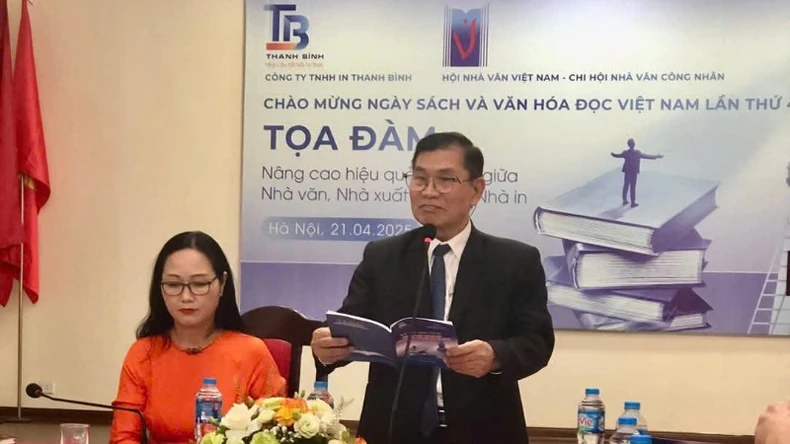
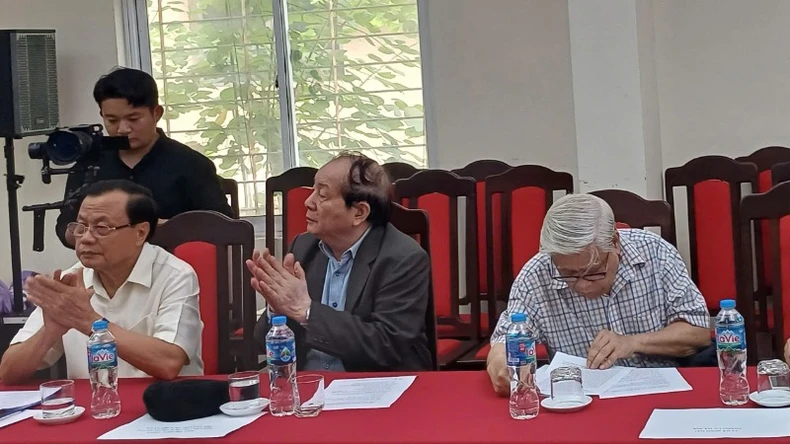
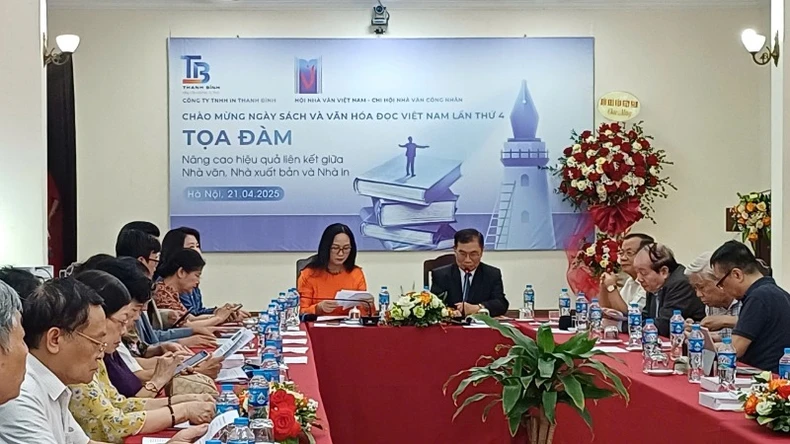

![[Photo] Prime Minister Pham Minh Chinh receives Country Director of the World Bank Regional Office for Vietnam, Laos, Cambodia](https://vphoto.vietnam.vn/thumb/1200x675/vietnam/resource/IMAGE/2025/5/15/2c7898852fa74a67a7d39e601e287d48)



![[Photo] National Assembly Chairman Tran Thanh Man meets with Thai Prime Minister Paetongtarn Shinawatra](https://vphoto.vietnam.vn/thumb/1200x675/vietnam/resource/IMAGE/2025/5/15/e71160b1572a457395f2816d84a18b45)













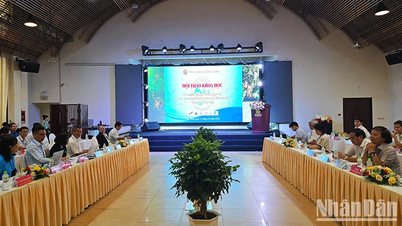


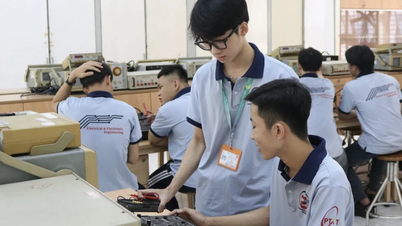
![[Photo] National Assembly Chairman Tran Thanh Man meets with Thai Prime Minister Paetongtarn Shinawatra](https://vphoto.vietnam.vn/thumb/402x226/vietnam/resource/IMAGE/2025/5/15/e71160b1572a457395f2816d84a18b45)













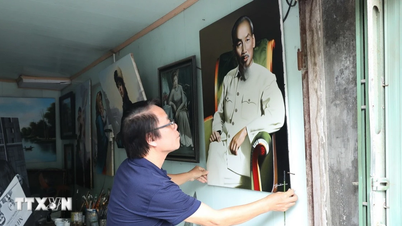

















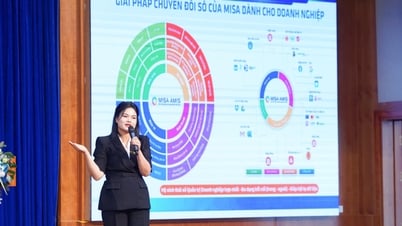



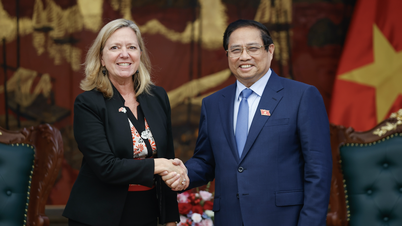






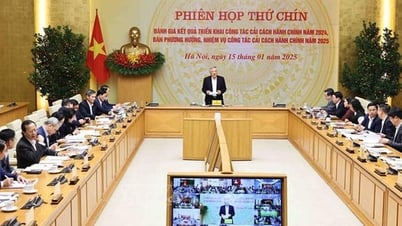

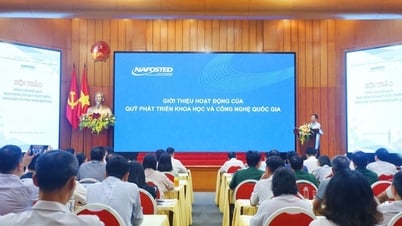







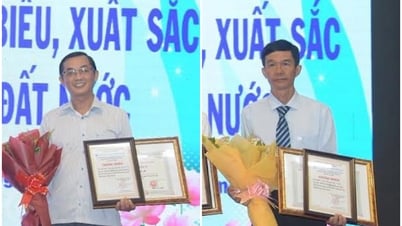














Comment (0)